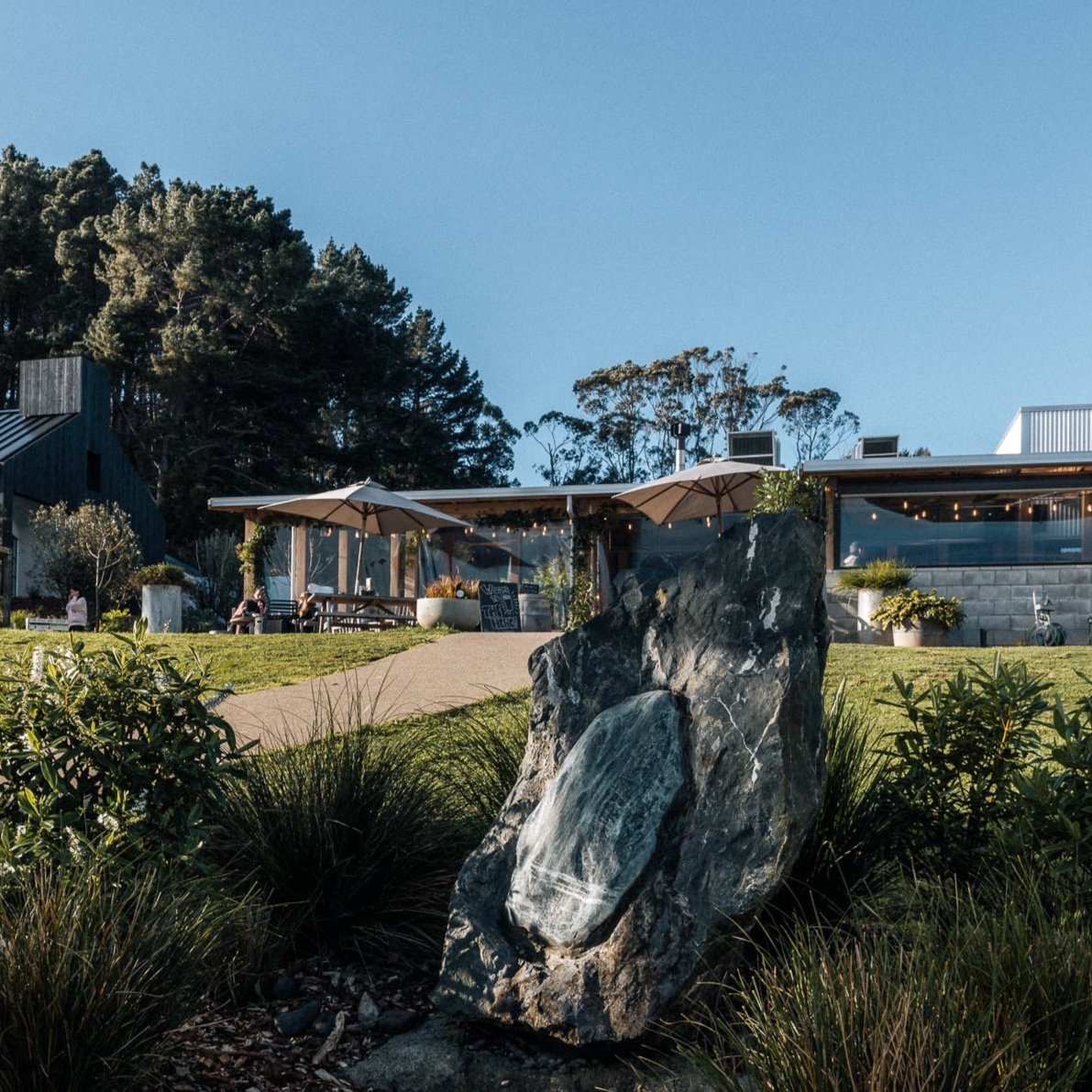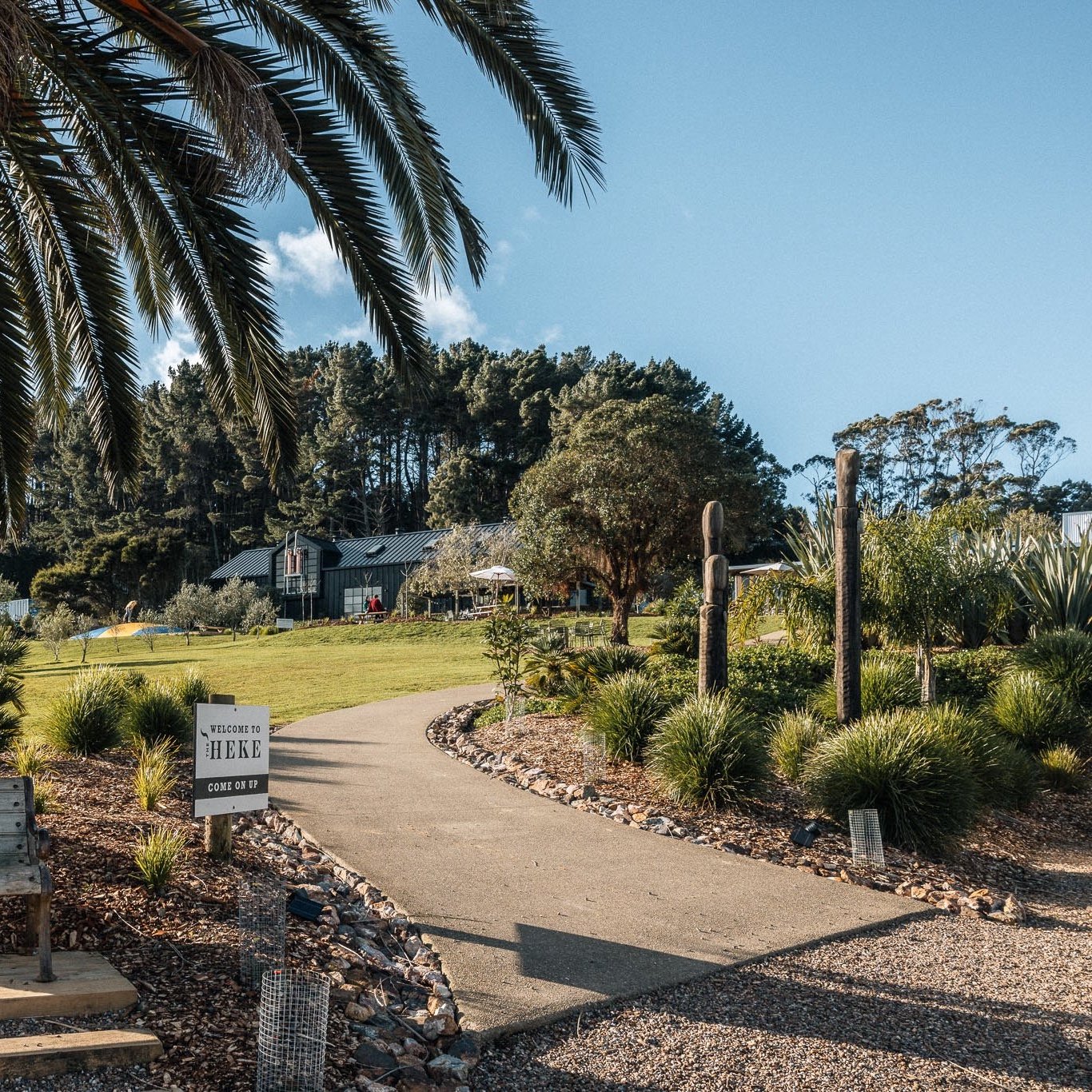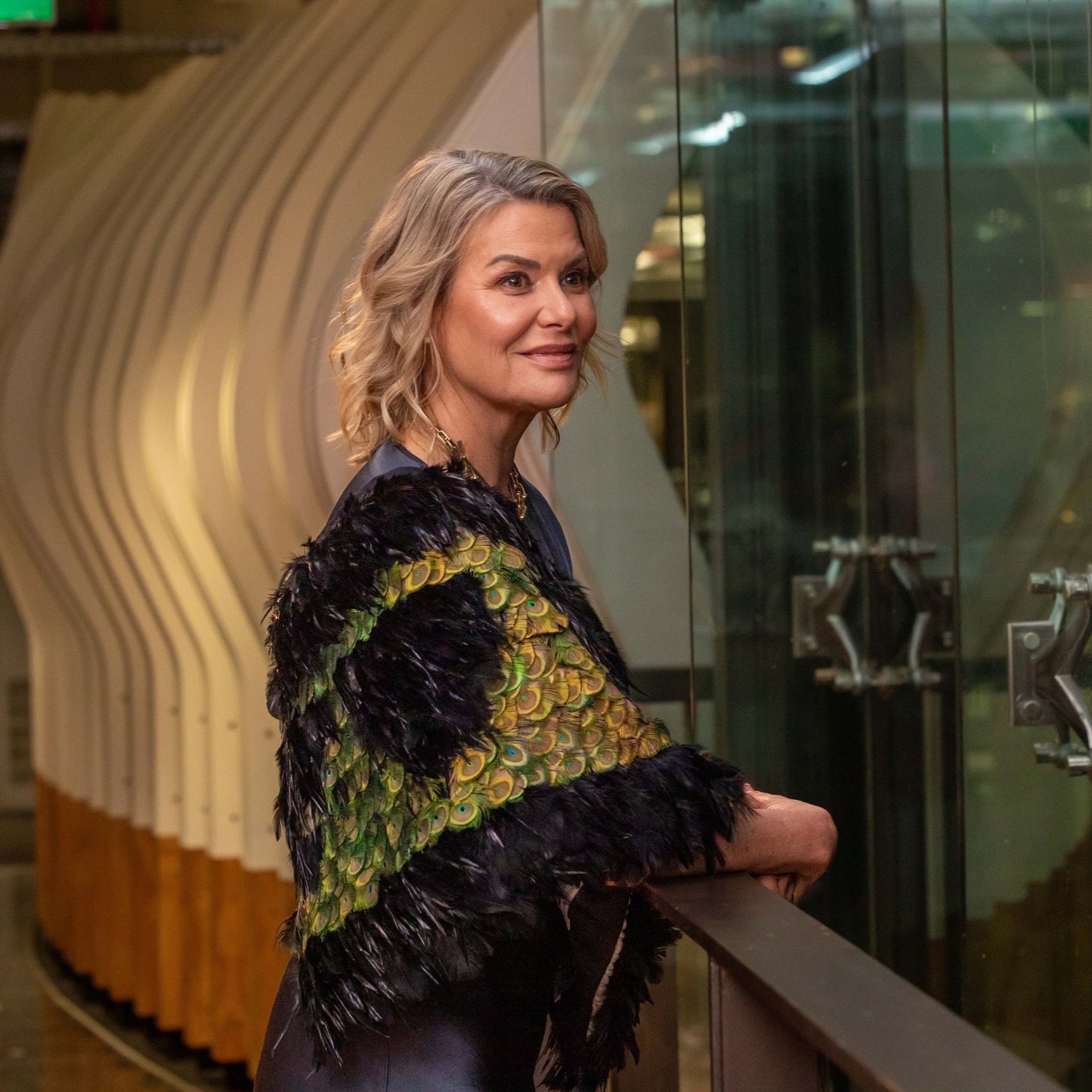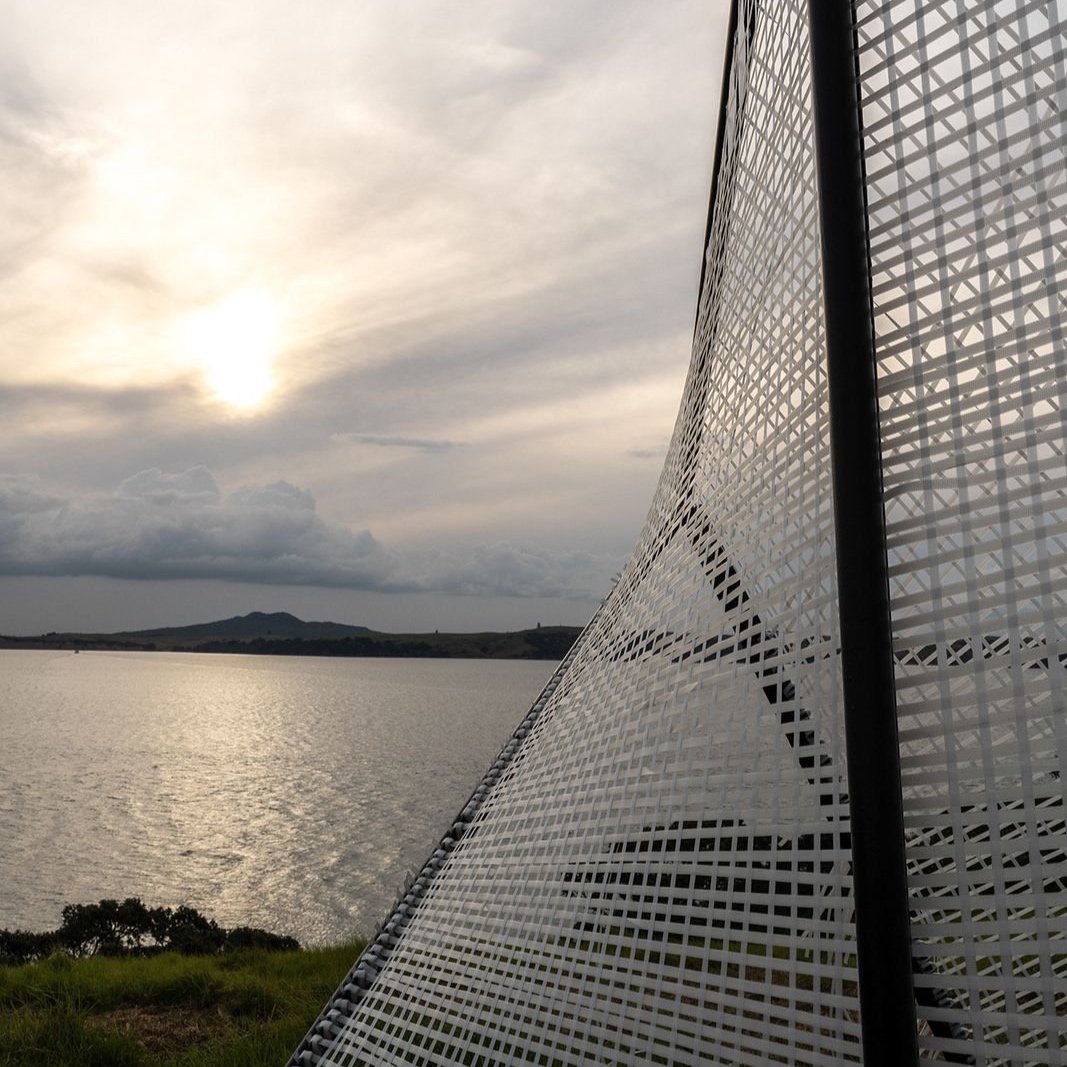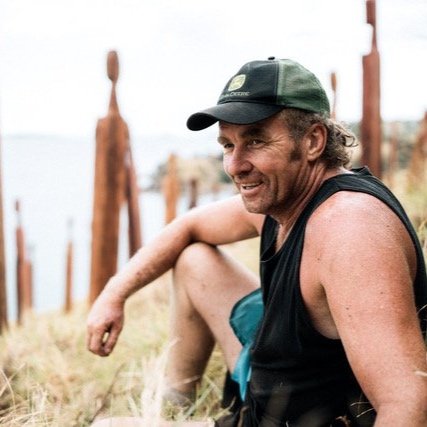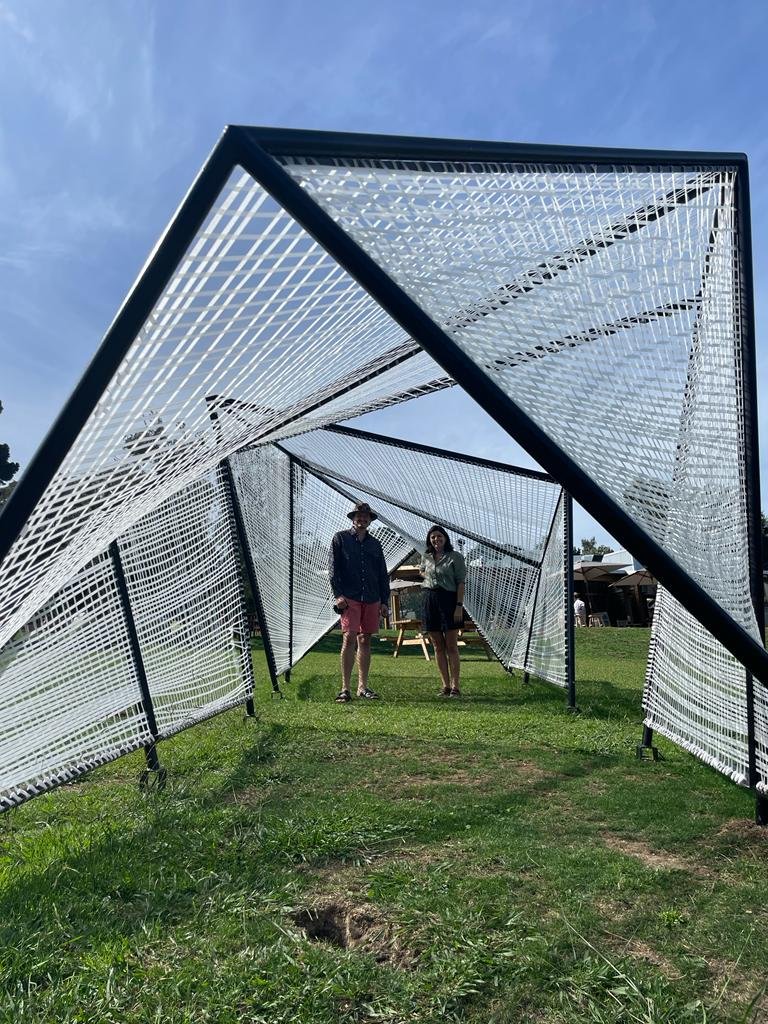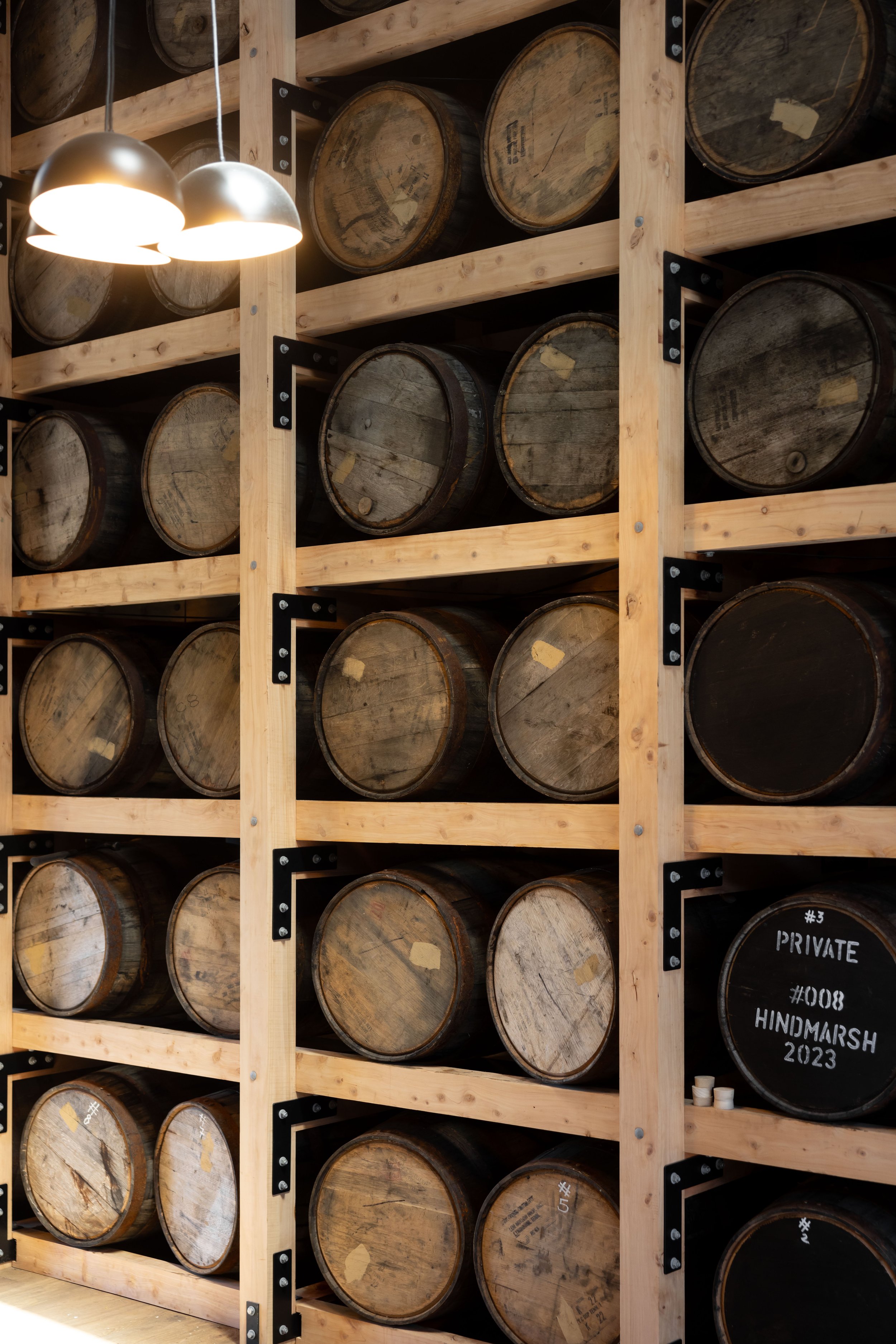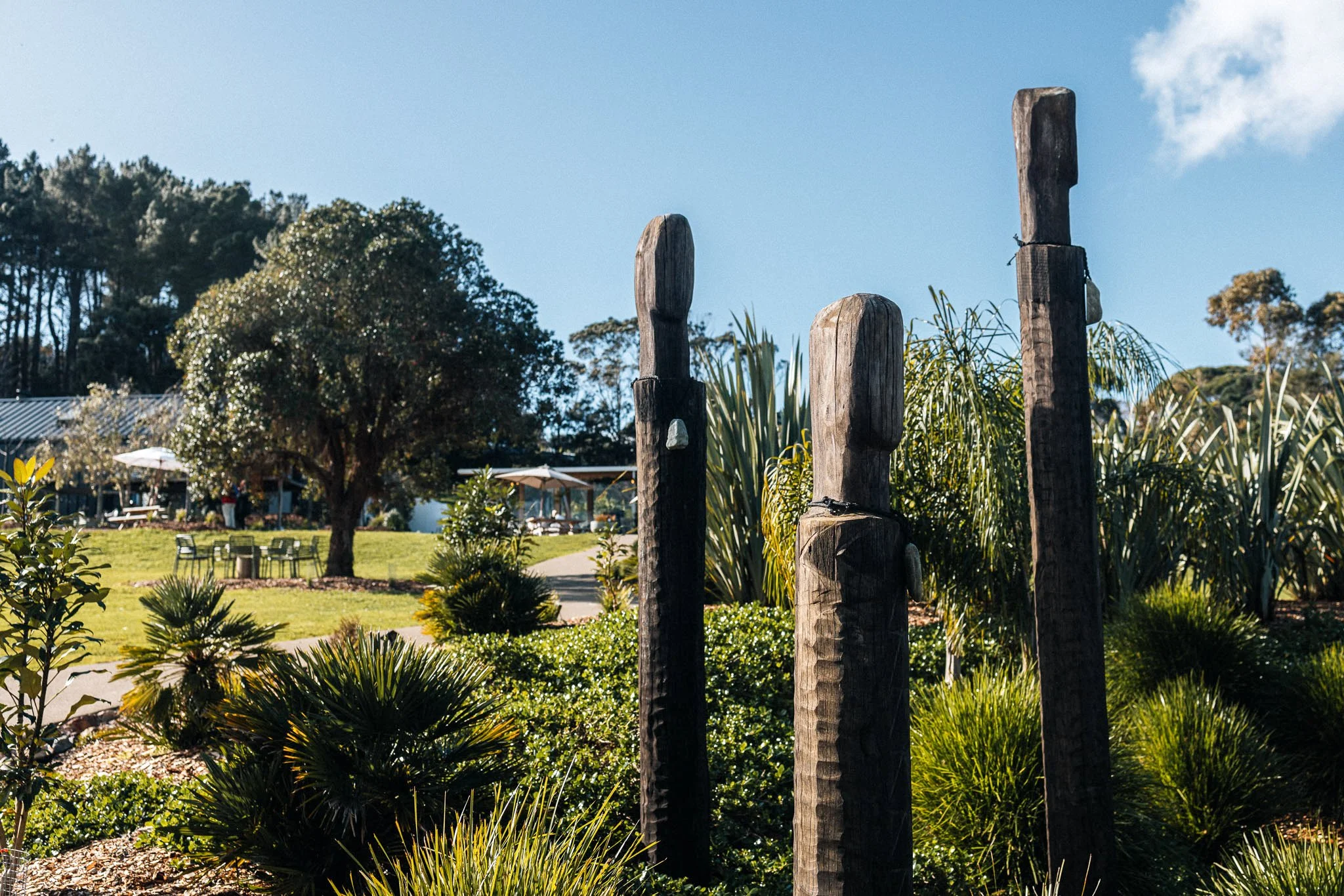
Manaaki & Kaitiaki
‘Nau mai Haere mai Whakatau mai rā’
‘You are welcomed here this day’
Manaakitanga is a Maori word which means the process of showing respect, generosity and care for the people who use our services, and their whānau and communities. It is the perfect way to describe the hospitality we strive to provide here, and how we look after our own community* on Waiheke Island.
Kaitiakitanga is the ethics and practice of protection and conservation of the natural environment and the resources within it, on which people depend. It is considered an obligation of mana whenua (the people of the land) to care for their lands and waters to which they whakapapa (have a genealogical relationship / are descended from). Caring for our land, our island and our world is a fundamental value here at The Heke. We've taken steps since we started planning The Heke to ensure that we have as little impact as possible on the environment and we describe some of this on our website.
The Maori name for Waiheke Island is “Te-Motu-Arai-Roa” meaning “The Long Sheltering Island”. The name “Waiheke” comes from a stream at Onetangi where travellers came to call for fresh water. It means “Cascading Waters”.
Waiheke is the fifth largest Island in the New Zealand Archipelago. Only North and South Islands have a larger population. It covers nearly 100 square kilometres, it’s around 20 kms long and varies in width.
Waiheke has a long, rich history. Natural resources meant that humans have been here for around 1000 years. Maori travelled by sea between Northland, Auckland, Coromandel and Bay of Plenty. Waka (large canoes) were used to explore, fish and transport things, The island was a stopping off point to pick up water and do repairs. Ngāti Pāoa are mana whenua of Waiheke Island. Which means they are the recognized ancestral tribe of Waiheke Island under the Tiriti o Waitangi/ The Treaty of Waitangi.
Rangihoua or Putiki-o-Kahu ‘the top-knot of Kahu’ which overlooks us just there across the valley, is arguably the most significant occupied site of Maori on Waiheke Island. Thousands of people made this well-fortified vantage point their home, over hundreds of years. If you look up you will see the terraces on the hill that were cut to plant crops and also fence off fortifications.
Below the hill, wetlands were ‘wetter’ than now, and waka could travel right up the valley from the bay at Whakanewha on the south coast. Waiheke Island was close to Auckland and its rapid immigrant growth from the early 1800’s. By the 1840's Auckland relied on Maori travelling from Waiheke in fleets of waka laden with supplies from the island including firewood, pork, fish, potatoes, pumpkins, fruit, corn, wheat and cabbages. Maori had become adept at commercial food production, and in transporting and marketing it, in a few short years.
The wetlands became clogged because of damage done to the land by settlers in the 1800’s and lots of mahi has been done by local groups undertaking significant planting to try to get them back to what they were. On The Heke land we’ve undertaken a lot of native planting, and this is ongoing mahi for us.
Here at The Heke you are greeted and farewelled by signage in Maori language (te reo) and English. You’ll also see signs in te reo inside our buildings.
Welcoming you into the property you will first see our beautiful pou. Carved by renowned local artist Anton Forde, and blessed by Ngāti Pāoa Kaumatua and Kuia at a dawn ceremony. There are photos of these below.
As you enter the Heke you will be greeted by two Carved Pou Tipuna (Ancestral Pou). As female are traditionally the first to call you are greeted by pou Hekeiterangi and standing behind her is pou Hekemaru .
The three Manaaki Tamariki Pou (welcoming Children Pou) you’ll see on the path up, were blessed as a welcoming group for people to come and enjoy the fun and hospitality of The Heke. As noted, in Te Ao Māori manaakitanga is connected with hospitality, kindness, generosity, support - the process of showing respect, generosity and care for others.
The cascading water stone artwork is named ‘Tangiwai’ which we translate to teardrop. In Aotearoa, Pounamu (Greenstone) is seen as a taonga (sacred treasure). The type of Pounamu in Anton Forde’s work is Tangiwai which is Bowenite and is known for its beautiful translucent glasslike qualities. Tangiwai translated means Water tears. The dark stone is a combination of Ōnewa/ Basalt and Obsidian found on the cliff at Onetangi Beach.
When you pass this stone art as you walk up, we invite you to stop and take a breath and remember; touch the stone, honour where you have come from and reflect on where you are.
Nau mai Haere mai Whakatau mai rā - you are welcomed here this day.
We are here to welcome you, look after you.
*We are two whanau (families) here who have developed The Heke, and we are connected to our community. We all live here and we contribute both as whanau and as The Heke to local community groups. Some of the ways we help is with donations of money and time, we give services and products for fundraising, we host community fundraising events here too.


